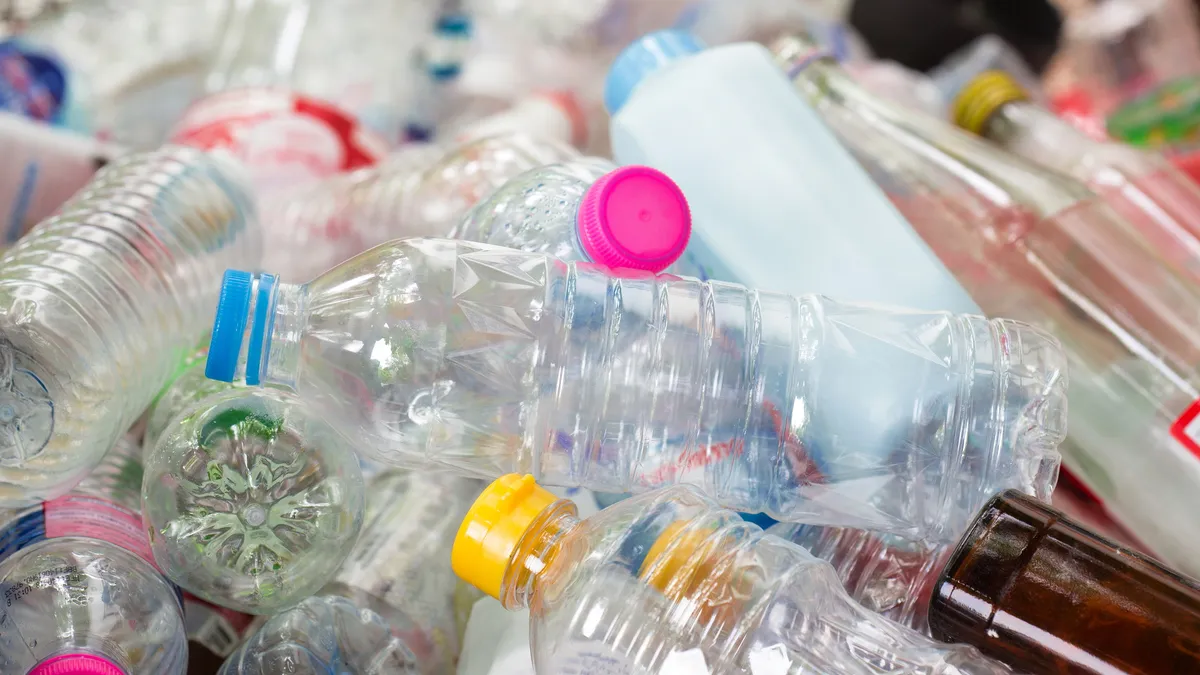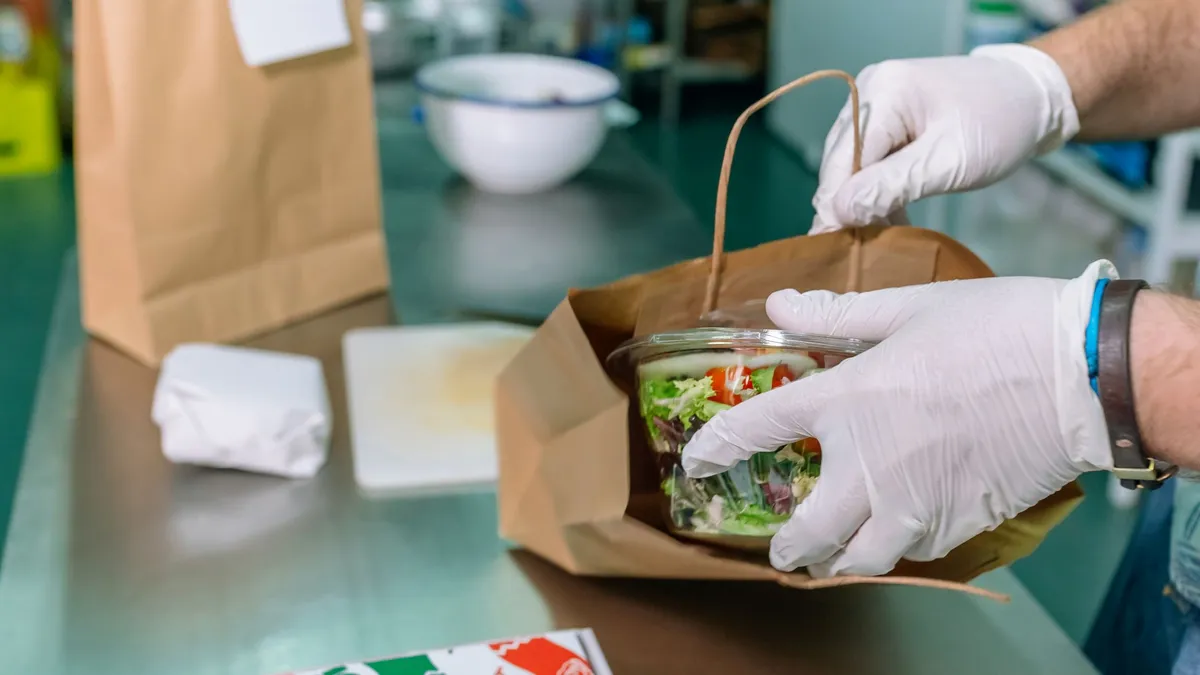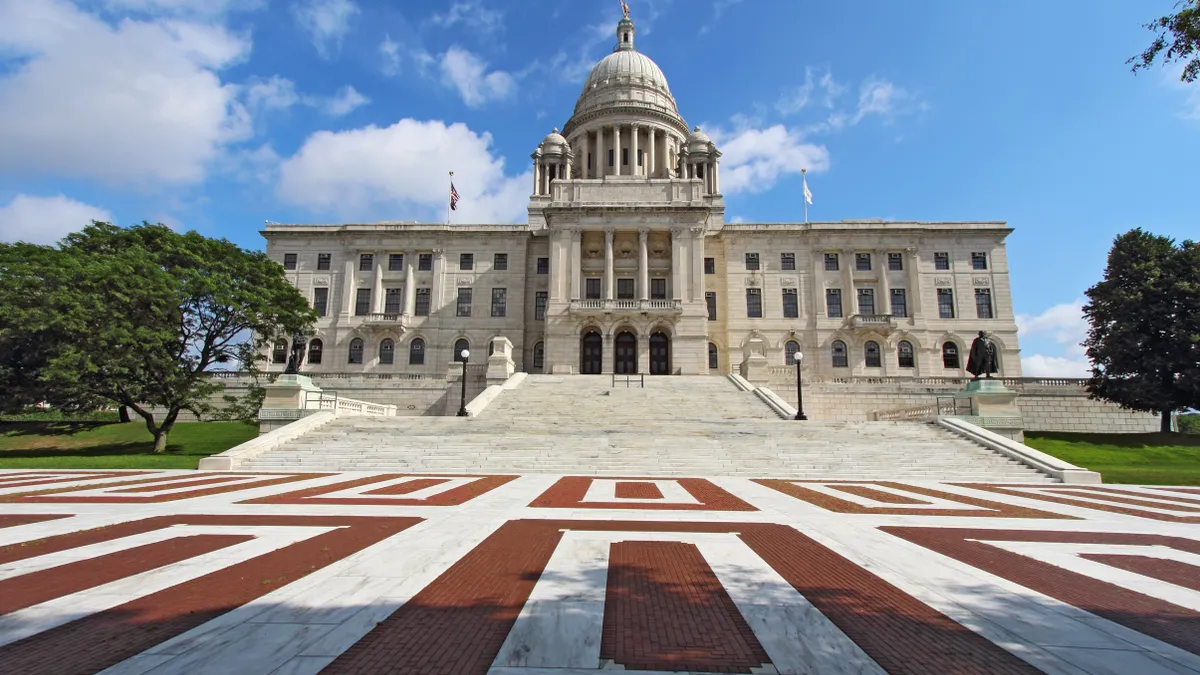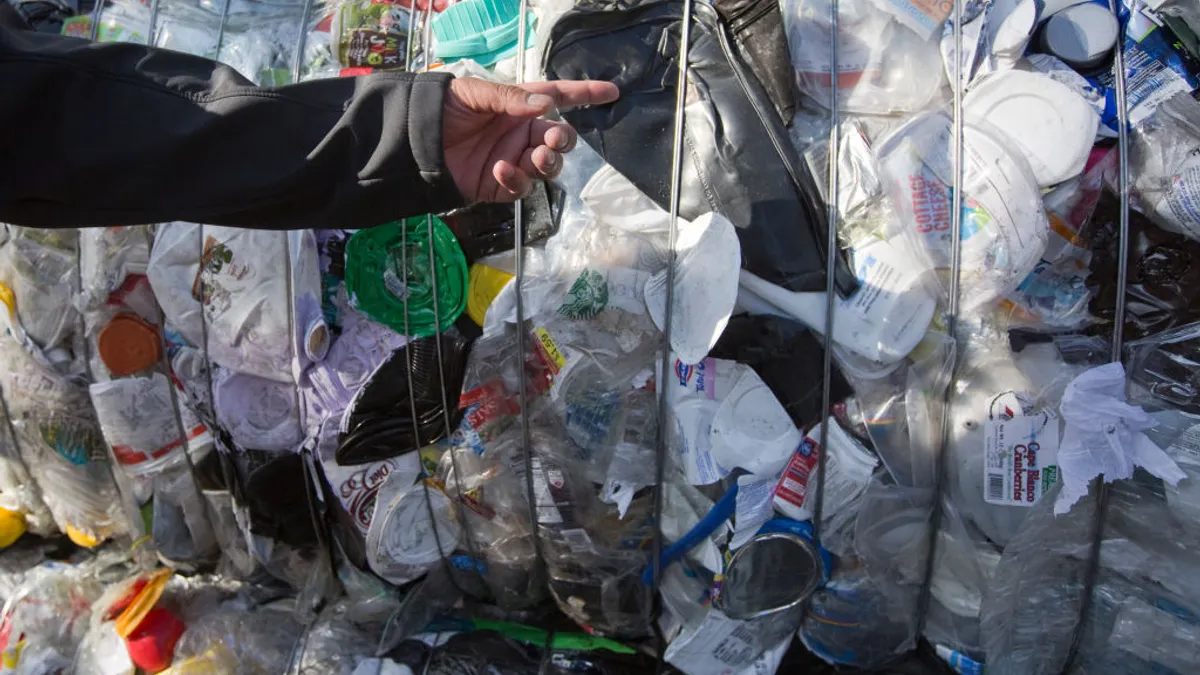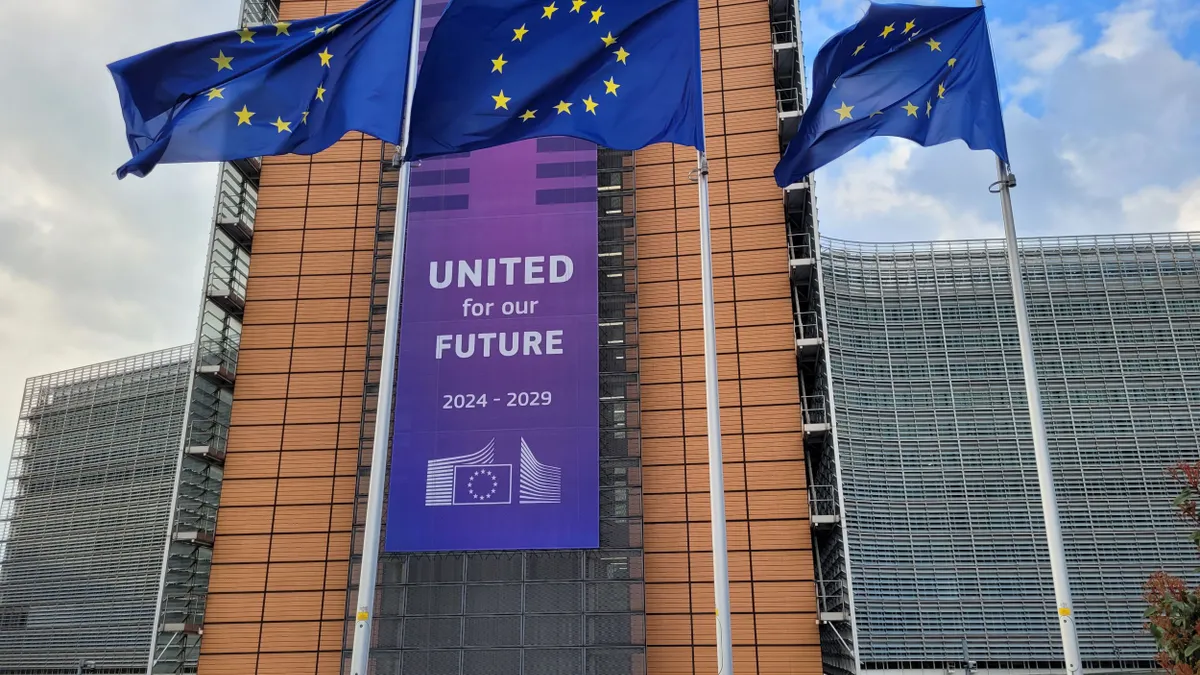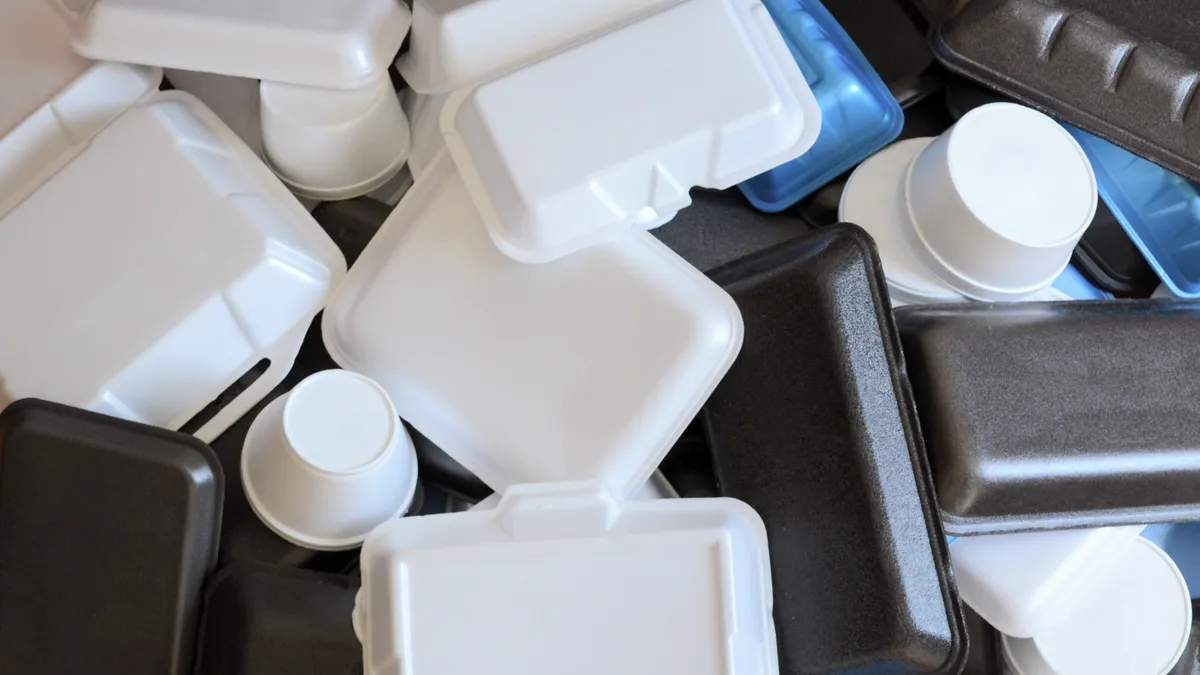The current recycling policy landscape is changing rapidly for the U.S. packaging sector. While many people have helped advance the dialogue, Michael Washburn is one who is at a particularly interesting place to reflect on this trajectory.
Washburn, senior policy advisor for The Recycling Partnership, was a lead proponent for brands adopting extended producer responsibility policy during a prior role. As vice president of sustainability for Nestlé Waters North America in the early 2010s, Washburn led legislative efforts and industry discussions to promote EPR as a way to help boost recycling rates for PET bottles. EPR for packaging didn’t happen then, but about 10 years later it has passed in four states and Washburn said he’s seen a “growing sense of inevitability” among brands that recycling policy is likely to expand.
Packaging Dive recently spoke with Washburn to learn more about how his work at Nestlé connects to the current moment, the role of CPGs in advancing recycling and the opportunity that these new policies may present for packaging manufacturers.
This interview has been edited for length and clarity.
WASTE DIVE: You worked quite a bit on these issues in the early 2010s with Nestlé, but the policy didn’t come to fruition. Now, we have four states with EPR laws. What feels different to you in the policy discussion about 10 years later?
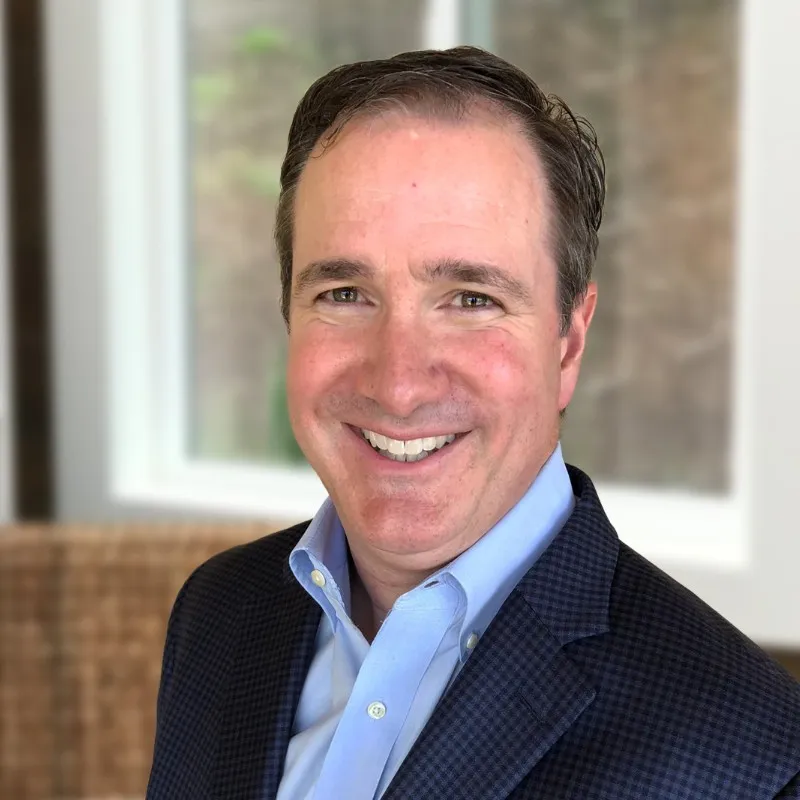
MICHAEL WASHBURN: Almost everything. It wasn't long after [I left Nestlé Waters] that China changed its policy on receiving recovered materials from the U.S. Also over the last decade, the issue of plastics in the wrong place — be that oceans, waterways, roadsides, in the food chain — has taken on even more resonance with the public. And then the third major shift is that — and I'd like to think in part because of the work that Nestlé Waters did a decade ago — a lot of companies have adopted voluntary commitments around using recycled content in their packaging, whether that's to satisfy investors or just to satisfy a broader range of stakeholders.
All of that has caused many of the brands who used to stand in opposition to EPR to come around and say, "wow maybe an integrated policy solution is a way to change the supply dynamics and get us the clean materials that we need so that we can meet these goals." So as I came back into this two years ago for the Partnership, I was coming back into an entirely different environment.
Have you seen this become a bigger issue at the executive level for companies as part of this shift?
In chapter one of this, when I was at Nestlé Waters, I would often interact with sustainability staff who understood the need for [recycled content] and recognized the constraints out in the market. But they weren't necessarily aligned with, or even talking regularly with, their government affairs colleagues who often had a different remit. So one thing that's different now is that those departments within a particular organization are much more aligned and expressing consistent messages. Yes, it's more on the radar of leadership at companies now because of increased awareness on the part of consumers of witnessing this waste and then wanting to hold companies accountable somehow.
The European Union has also advanced more stringent packaging regulations. Do you think that's played a role at all, as this has continued to progress in other countries and companies had to deal with it, or is that not the case?
While it's true that there are global corporations who have engaged these programs for two decades in Europe, and maybe close to two decades in Canada, they're often different divisions. There's often different decision-making structures, different accountabilities, different key performance indicators.
I used to think that it was a no-brainer, “hey, if you've done it in Europe, just bring all that expertise and knowledge over here and put it behind what you're doing in the U.S.” But that just isn't really how global corporations work.
As we move into implementation, particularly in the four states, I do think companies are calling on their international colleagues for insight. How did you set up the program for compliance? How did you think about selecting a producer responsibility organization to be a part of? I think those conversations are happening now. But there's a lot of, somebody used the phrase with me, “compliance anxiety,” as companies try to figure out what does it mean.
So people are navigating an unknown space and that's always something that can create anxiety.
Is the fact that infrastructure and policy for recycling in the U.S. are still more regional also a complicating factor?
It is. The decision-making is fragmented. There were some efforts to move a federal EPR bill in the last Congress that didn't come to fruition.
People talk about harmonized policy, meaning “can't we just get all the states to pass a similar program.” That's something that the Partnership is very focused on. We have a State Leaders Forum that has 13 states who are engaged in considering EPR talking with each other on a monthly basis, trying to share best practices. “What's worked well for you? Who's in opposition and what's the rationale? And how do we address that in a meaningful way?”
The problem is that different states pick up in different places. You might have local governments, for example, in Illinois, coming forward with a proposal. Whereas in New York, it's led by a couple of legislators in the environmental conservation committees. In Washington, there was a coalition that was working together to bring a bill forward, which of course died [in March] unfortunately. With SB 54 in California, it was juxtaposed against the proposed ballot initiative.
So the idea that these are all going to be harmonized processes sounds good. It's really challenging when you go out and try to do it. That adds to the complexity and ultimately is probably going to make this even harder for companies to comply with.
On a parallel track, we’ve seen how prior work by Nestlé and others may have helped push more brands to take voluntary action, such as investing in groups like the Partnership or Closed Loop Partners. Has this gotten brands more comfortable in the space, or is it still a different track than policy?
It's kind of a mixed bag. So some companies are more in support of EPR than they used to be. Some are still not [supportive] for very principled reasons — be that brands or material producers.
In the voluntary space, it's interesting. If you think about the four states that have EPR — Maine, Oregon, California, Colorado — they are creating new supply as those programs get stood up. At the same time, you have New Jersey, Washington, California, with minimum recycled content standards being implemented, which is creating demand. Now, the demands need to be met in those states, but nobody's making packages or just buying material, for example, in New Jersey for New Jersey. So the demand that's created regionally by the different policies, and the supply, are all feeding into a national or international set of supply chains.
All of that adds up to: I think companies having a far more thoughtful approach to, “how do we engage this, where do we support policy, where do we support or engage in voluntary activity?” Because at this moment, with the four states, there still will not be enough supply to meet the cumulative demands of the brands' voluntary commitments and the regulated commitments in Washington, California and New Jersey.
What does all of this mean for packaging manufacturers? Because they’re generally not on the hook financially for EPR, we’ve seen instances of certain manufacturers having a different stance than their customers in, say, the beverage can space. Though at the same time this will still have an effect on their operations.
A decade ago, the real producers of the packaging itself ... were concerned that even though the brands were on the hook, that the brands would turn and renegotiate the pricing structure for the materials for the packaging and try to pass that cost on to the original producers. I don't hear that argument as much anymore. I'm not sure there was ever evidence for it.
There was also, as a parallel to that, an argument in political contexts that there would be costs passed on to consumers. And we've pretty effectively debunked systematically through work that was done at Columbia University [with funding from The Recycling Partnership] and studies by RRS there is no credible evidence anywhere in the world that makes it real, that consumers are somehow going to pay more because of a compliance cost. Particularly given that that cost is being driven by a handful of states and brands don't set prices. Retailers set prices and they set prices with national pricing strategies all the time.
I do see, for example, glass manufacturers and the can manufacturers talking more about the merits of deposit return systems as a means to at once get back reliably more material than we've been getting, at least in the beverage container category. They're saying, “look, maybe we should be thinking about deposit return systems alongside EPR,” which was exactly the debate that just played out in the state of Washington. I think you may see that come up in more places. And the producers of specific kinds of packaging formats are probably going to line up differently in those two conjoining debates.
What else might be coming in this space that you think the packaging sector needs to know? For example, could we see EPR accelerate interest in design innovations?
Remember that in an EPR system, the fee that the brand pays will be a per-ton fee by material — tons of PET, tons of corrugated cardboard. If you can take material out — meaning lightweight the package, or reduce elements of the package, reduce layers, anything you can do to source-reduce — you're at once going to help meet source reduction goals, and you're going to reduce the per-ton fee. You could get more units out in a ton if the units weighed less.
So packaging manufacturers have an opportunity in that space of innovation. When I was at Nestlé Waters, we lightweighted the bottle substantially during my tenure. If we took it any thinner, we'd be selling water in Saran Wrap. So there are limits and there are food safety regulations that require certain performance standards and materials as they contact food that limit how much you can change packaging formats. Is there room to grow there? Absolutely. And the manufacturers have that opportunity.
[In terms of data], the brands are in a little bit of a scramble. Because eventually in the four states, there will be a producer responsibility organization that will run the program. The PRO will have to report, on behalf of the brands, how much material was sold in that jurisdiction: plastic, metal, glass, fiber. In order for them to do that accurately, the brands, because they'll be reporting to the PRO, need to have robust data on how much their package weighs.
If I were advising a packaging manufacturer, getting those data tight, easy to digest, easy to communicate, reliable, would be an opportunity for competitive advantage right now. They have an opportunity to help their customers, meaning the brands, by getting the data right, offering innovative solutions, being conversant on the policy, so that they can be a thought partner in helping the brand solve for these compliance needs.
The Partnership is developing an educational module, the EPR Readiness Knowledge Hub, which is intended to help inform companies as they think through how to prepare. How do the sustainability folks talk to the brand managers who might have certain expectations about how a package should look? How do they talk to supply chain and procurement about what does it look like to buy a different kind of material? How do you enable those conversations so that companies can more efficiently meet the goals and be compliant? That's what the Partnership is seeking to support.



